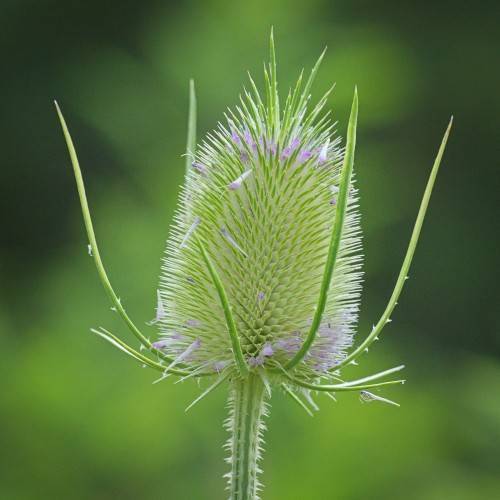
common teasel
Dipsacus fullonum
Cycle:
Annual
Watering:
Average
Hardiness Zone:
3 - 8
Flowers:
Flowers
Sun:
Full sun,part shade
Leaf:
Yes
Growth Rate:
Low
Maintenance:
Low
Thorny:
Yes
Invasive:
Yes
Care Level:
Medium
watering
Common Teasel should be watered about 2 times per week, with just enough water to keep the soil moist. Water should be added only when the soil is dry to the touch, and before the plant begins to wilt. Make sure to water the soil around the base of the plant, avoiding the foliage. In the winter months, reduce the amount of watering as the plant’s growth slows and the need for moisture decreases.
sunlight
Common teasel requires full sun for optimum growth. It prefers long hours of direct daily sunlight for at least 6-8 hours a day during the growing season (April to October). During the winter, the plant thrives with partial sun, ideally 4 to 6 hours per day. When planted in areas where it receives less than 8 hours of direct sun per day, Common Teasel may not reach its full growth potential.
pruning
Pruning for Common Teasel (Dipsacus fullonum) should be done in the spring when the plant is actively growing. Prune back any flowers or flower stalks that have already bloomed to encourage additional blooms. Cut back the plant by about 1-third of its height to promote bushier growth and a more compact shape. Dead or dying stems should be removed and any errant stems that grow outward should be trimmed. When pruning, be sure to sanitize your tools between cuts and avoid pruning excessively.
